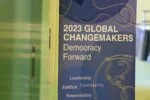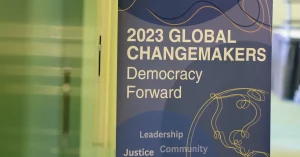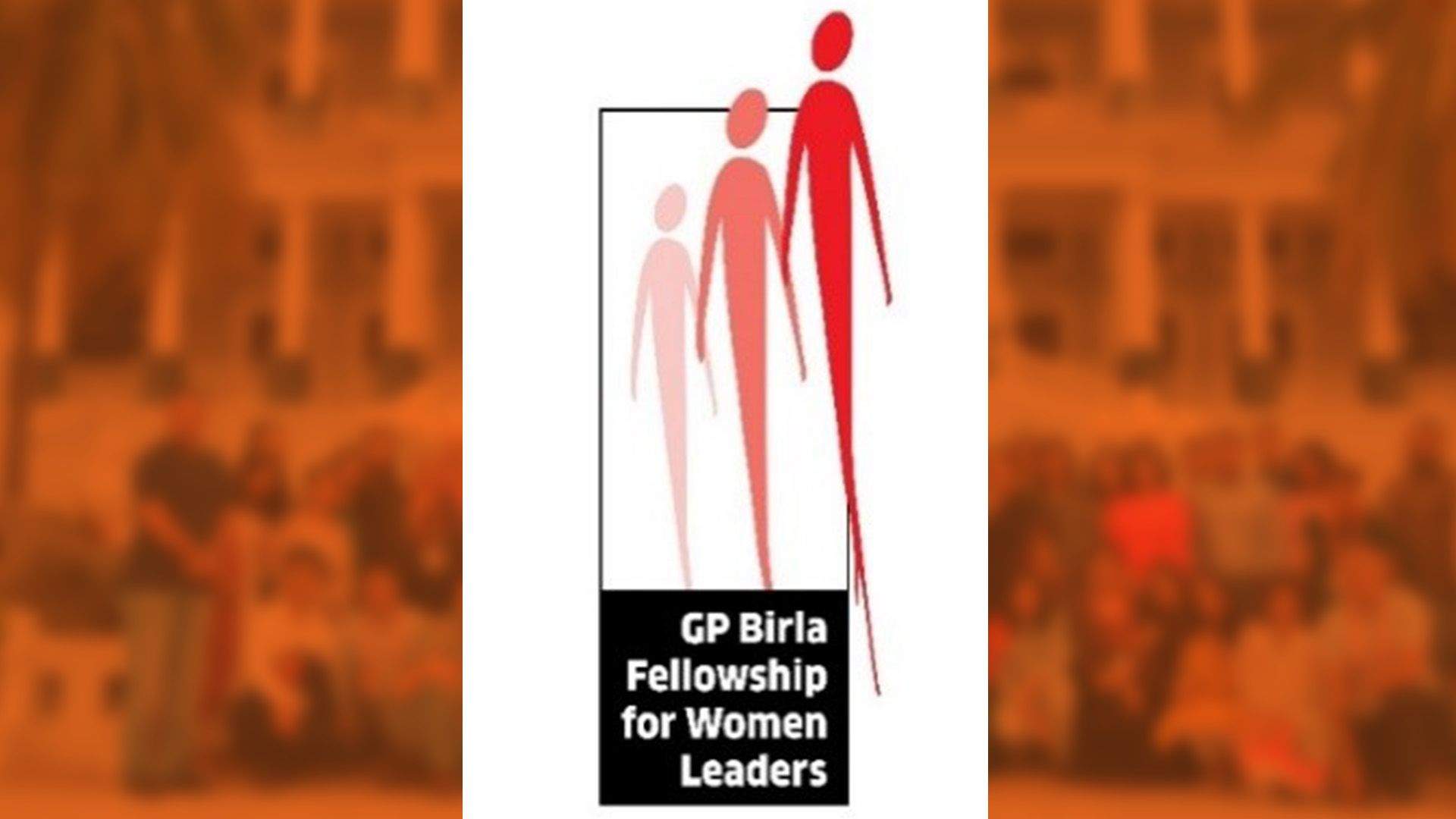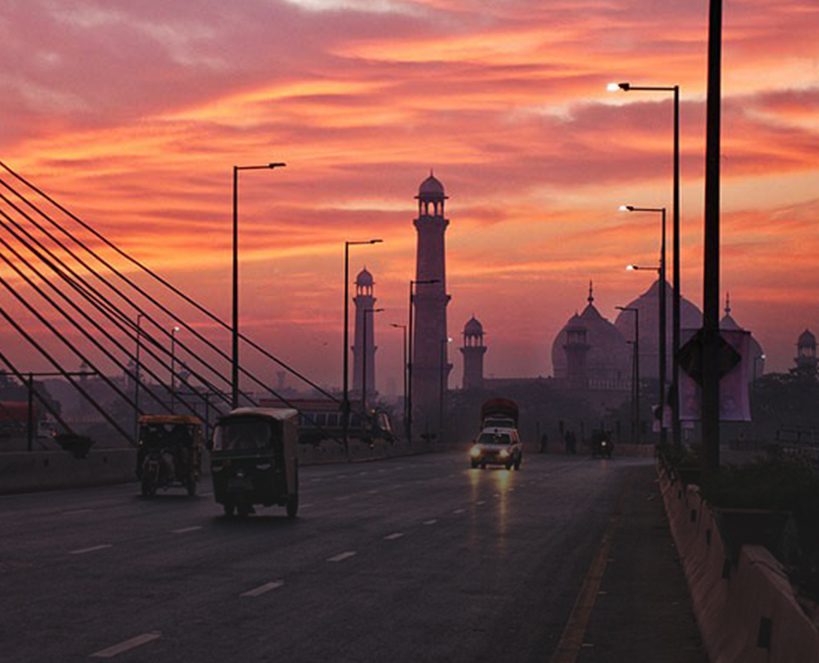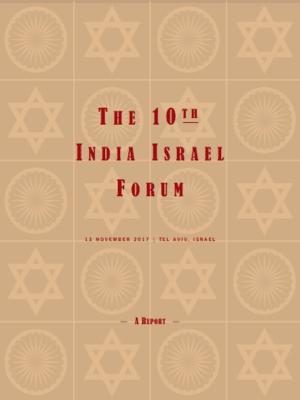Overview
• Afghanistan: Russian schadenfreude may be short-lived
• Can/Will the US engineer a Russia-China split?
• Russia and India re-engage on Afghanistan
Afghanistan: Russian schadenfreude may be short-lived
As the Taliban rolled into Kabul with unexpected ease, the first reactions in Russian media, academia and officialdom were of glee at the Americans’ discomfiture. The social media gloated that the fate of the government in Afghanistan also awaited that in Ukraine, since the US was incapable of protecting even its own creatures.
The MFA release of August 16 noted, with satisfaction, “the almost complete lack of resistance from the national troops … trained by the United States and their allies”. At his joint press conference with German Chancellor Merkel a few days later, President Putin did not miss the opportunity to underline the moral that the imposition of political systems and social behavioural norms from outside has never been successful, whether in Iraq or Libya or, now, Afghanistan.
The Russian embassy in Kabul continued to function; the MFA said it had established working contacts with the “new authorities” for its security, and more permanent arrangements would be made with “specially assigned representatives of the Taliban higher leadership”. When US Secretary of State Blinken telephoned Russian FM Lavrov about the US efforts to evacuate its citizens and vulnerable Afghans, the latter informed him that the Russian embassy was in touch with “all the main political forces” to ensure stability and order. It was subsequently reported, including in the US media, that Russian intercession with the Taliban had facilitated passage to the airport of some potential evacuees.
The Russians expressed cautious optimism about the Taliban’s future behaviour, hoping it would establish a broad-based government. FM Lavrov said Russia would support former President Karzai’s initiative for a dialogue involving all ethnic and religious groups. Russian officials also aired the optimistic view that Taliban 2.0 may be less radical than its earlier version, more aware of the world around them and of the changes in Afghanistan over the past two decades.
However, Russia did not rush to recognize the Taliban government, saying it would like to wait and see how responsibly it governs the country. President Putin telephoned the leaders of France, Germany, Italy, EU and Iran (besides the Indian and Pakistani PMs, as elaborated in the following) to confirm that Russia would support an inclusive government in Afghanistan. The Kremlin reported that the Russian and Chinese Presidents had also agreed (in a conversation on August 25) that they should work with the international community for an inclusive government in Kabul, which “thoroughly dissociates itself” from all terrorist groups. Even after the Taliban announced its “caretaker” cabinet, Russia’s MFA reiterated the hope that a more inclusive government structure may follow.
FM Lavrov made a few public noises about reviving the “extended troika” consultations of US-Russia-China-Pakistan and the “Moscow format” of regional and international stakeholders to discuss inclusive Afghan political outcomes. But the rush of events overtook the relevance of such initiatives, and Moscow’s schadenfreude at US discomfiture soon gave way to the sober recognition that the “bloodless” Taliban victory may have unwelcome ramifications for Russia’s security, its influence in Central Asia and Russia-China equations.
First, the “inspirational” impact on the North Caucasus, where rebel Islamic groups would take heart from the way the Taliban worsted the armies of the powerful West. The poor economic conditions and repressive security measures in these provinces provide fertile ground for unrest. This region provided jihadi foot-soldiers for ISIS and other groups fighting in Iraq and Syria; their return from these theatres a couple of years ago had created some churn. A similar influx from Afghanistan could again disrupt the tenuous peace there.
Second, the Russian paranoia that the West will use this opportunity to promote instability. It is part of a larger Russian perception of encirclement by the West – NATO’s activities in the Baltic and Black Seas, the promotion of democracy and regime change in Ukraine and Georgia, and actions to circumscribe Russian influence in West and Central Asia. After his meeting with President Putin in Geneva in June, US President Biden had mentioned this Russian perception of encirclement. Russian security officials have accused Western secret services of “rescuing” and clandestinely transporting ISIS fighters from Iraq and Syria to Afghanistan, positioning them for future infiltration into Central Asia. The Russians are well aware that a Taliban government would have neither the incentive, nor the ability to prevent cross-border infiltrations of jihadi elements.
A third concern is that the Afghanistan developments may lead to greater US presence and influence in Central Asia. In recent years, the US has upgraded the C5 plus 1 dialogue with the region. Uzbekistan has received special focus – its President was received in the White House last year and its Foreign Minister in the State Department earlier this year. Uzbekistan has been encouraged to host Afghanistan stakeholders’ meetings. The Central and South Asia connectivity conference in July was reportedly funded by USAID. The US has (totally ignoring India’s interests) promised partnership in a Uzbekistan-Afghanistan-Pakistan corridor to facilitate Uzbekistan’s access to the Indian Ocean. Other Central Asian countries have been wooed as well – the Kazakh president was hosted by President Trump last year and the Tajik Foreign Minister by Secretary Blinken this year.
These efforts to chip away at Russia’s influence in its perimeter approached Russian red lines, when US conversations with Central Asian governments touched on “temporary” acceptance of Afghan evacuees and other potential cooperation on Afghanistan. There was an angry public reaction from President Putin, who raised the spectre of “hundreds of thousands, maybe even millions” of unvetted refugees, “who could well be terrorists”, moving freely around Central Asia and Russia, given the visa-free regime. He got the Tajik President (as its current Chair) to call an emergency meeting of the Collective Security Treaty Organization (CSTO) – comprising Russia, Belarus, Armenia, Kazakhstan, Kyrgyzstan and Tajikistan – and prevailed upon Uzbekistan (which had suspended its CSTO membership in 2012) to join the meeting, arguing that there were critical security issues for the entire region. President Putin reportedly cautioned Central Asian leaders strongly about the security threat and social disruption from infiltration of radical Islam, also warning the “frontline” states of Tajikistan and Uzbekistan that providing infrastructural support for US listening posts would make them targets of terrorist attacks from Afghanistan and elsewhere. He has also been quoted as saying that the US withdrawal from Afghanistan was deliberately designed to throw the region into turbulence.
Further CSTO meetings of foreign ministers, defence ministers and Heads of State are scheduled in mid-September, to discuss additional security measures on the Afghan borders and within CSTO territory.
The Kremlin’s fears would resonate with Central Asian leaders, but they would find it hard to resist a US charm offensive. They would welcome the economic partnership and the political space that it gives them vis a vis Russia and China. Uzbekistan has already accepted some batches of Afghan evacuees. Kazakhstan has accepted personnel from the UNAMA mission in Afghanistan.
Afghan developments may also accelerate the already discernible trend of China infringing its unwritten agreement with Russia that it would yield to the latter’s politico-security role in the region, while focusing on economic cooperation. As its BRI projects grow in size and number, its political clout increases (enhanced also by personal financial deals with some regional leaders – a template perfected in India’s neighbourhood), and it is increasingly engaging directly with security issues. Economic and connectivity opportunities in Afghanistan could intensify this trend. There are reports of Chinese presence in Tajik military units, across the border from Afghanistan. The recently instituted quadrilateral dialogue, of the national security councils of China, Pakistan, Tajikistan and Afghanistan, is another structure independent of Russia. With Turkmenistan too, intensified security dialogues hint at diluting its “permanent neutrality”. There are reports of Chinese private security contractors operating in the region.
Turkey is another new (ish) regional player. Its pivotal role in Azerbaijan’s military victory in the Karabakh war enhanced its prestige in the Caucasus and the Caspian region. It seeks to consolidate its influence with Turkic Central Asia. Its partnerships with Qatar and Pakistan should facilitate a broader engagement with Afghanistan, making its Eurasian presence more comprehensive. Iran, waiting in the wings to join the Shanghai Cooperation Organization (SCO), would naturally move to protect its influence in the region and on its eastern flank.
The Eurasian cauldron may only just be hotting up.
Can/Will the US engineer a Russia-China split?
The US strategic think tank community has been prolific in advocacy of new foreign policy initiatives for a prospective “Biden doctrine”. Among these, two opinion pieces in Foreign Affairs secured special attention and approval of Russian foreign policy academia. The Russian journal, Russia in Global Affairs (which has a long-standing arrangement with Foreign Affairs) hyperlinked them and carried Russian translations. One was by Richard Haass and Charles Kupchan, arguing that the West’s material dominance and ideological sway on the world is diminishing and urging the US to convene a global concert of major powers as a vehicle for promoting stability in the twenty-first century – “accepting both liberal and illiberal governments as legitimate and authoritative” and evolving shared approaches to crises, as the Concert of Europe tried to do two centuries ago. The Concert would include China, the European Union, India, Japan, Russia, and the United States. The second, by Charles Kupchan, analyses the cracks in the Russia-China edifice and offers a prescription for luring Russia away from China, as part of US efforts to “tame” China. This should start with jettisoning the “democracy vs autocracy” narrative, which unites Russia and China against the West, and should include encouraging India to help pull Russia away from China, by waiving sanctions on purchase of the S-400 system. Further, the US and its allies should help reduce Russia’s economic dependence on China by going easy on sanctions and working to diplomatically resolve the eastern Ukraine impasse and the issue of Russia-based cyberattacks on US networks. The strategic stability dialogue, launched after the Biden-Putin summit, should aim for an arms control arrangement that also eventually draws China in, putting limits on its missiles, which should be in both US and Russian interest. Finally, the US and Russia should ward off China’s “creeping” Arctic ambitions and check its growing influence in Central Asia, the Middle East, and Africa. These initiatives would result putting the China-Russia relationship “back into play”, pulling some of China’s attention to its continental flank, instead of (as now) giving it untrammelled leeway in the maritime domain.
There have been a few other opinion pieces in similar vein; one even suggesting that the US should stir up Russia-China tensions by encouraging China to make political and economic advances in the Russian Fareast.
As mentioned in the foregoing, some form of Russia-China contestation in Central Asia may be brewing, but there is no evidence yet that the Biden Administration is contemplating the kind of course alteration recommended on Russia and China, though it is not incompatible with the US President’s remarks after his Geneva meeting with his Russian counterpart. Many in Washington’s strategic community argue that, even if China is the major long-term threat, Russia’s near-term challenge should not be overlooked. Others have argued that the Kissinger strategy of playing one off against the other is not viable today, given the shared Russia-China convergences. In addition, geopolitical lenses may have refocussed somewhat after the experiences of the withdrawal from Afghanistan. Finally, China can be expected to do everything it can to prevent or impede any US-Russia rapprochement: in the Russia-China dynamic, the country with better relations with the US has better leverage with the other.
Russia and India re-engage on Afghanistan
In the runup to US withdrawal, Russia’s cultivation of the Taliban and its exclusion of India from the “extended troika” and the “intra-Afghan” dialogue rankled with the Indian commentariat and perhaps even officialdom, though some clarifications may have been offered in bilateral discussions.
After the Taliban was ensconced in Kabul, PM Modi was also included in the flurry of telephone calls made by President Putin. The two leaders spoke on August 24. The official releases of both countries indicated that Afghanistan was the main topic of the conversation and that the two leaders had agreed to hold regular high-level bilateral consultations on this issue. The Kremlin noted they agreed to increase cooperation against “terrorist ideology” and drugs emanating from Afghan territory. The conversation was followed by the visit of India’s Deputy NSA to Moscow and that of the Secretary of Russia’s National Security Council, Nikolay Patrushev, to New Delhi for discussions with his Indian counterpart, NSA Ajit Doval. The Russian visitor also met PM Modi and EAM Jaishankar.
This turn towards closer cooperation on Afghanistan is logical. The “extended troika” and the “intra-Afghan” dialogue were both US-Russia constructs, with the main goal of mainstreaming the Taliban into Afghan politics, so that the US could leave Afghanistan (and the Russians, Chinese and Pakistanis could see them leave). India simply did not fit into this scheme. Once the departure was completed, and especially after the manner of this departure, many Russian concerns outlined above resonate with those of India; Iran would also share them. This was foreshadowed in the remarks of India’s EAM Jaishankar during his visit to Moscow in July (see Review, 7/21).
President Putin’s attendance at the virtual UN Security Council discussions on maritime security, chaired by PM Modi, was obviously meant to be a signal on bilateral relations. Of the other P5 members, the US, UK and France were represented by Ministers and China by a diplomat.
President Putin telephoned Pakistani PM Imran Khan on August 25 and again on September 14. As per the Kremlin, they agreed to cooperate, including in the SCO, for regional stability and an inclusive Afghan government.
The directions of India-Russia cooperation on Afghanistan and its engagement with other bilateral and multilateral initiatives are still unclear. Russia will naturally try to retain a modus vivendi with the Taliban (which could be useful for India in some ways). It will also keep the Pakistan line open – not only for its Taliban engagement, but also as part of its regional engagement – though it may try not to transgress India’s red lines, as long as India-Russia relations stay on the rails.
*******
The previous issues of Russia Review are available here: LINK
…………………………………………………………………………………………………………………
(The views expressed are personal)
The Author can be reached at raghavan.ps@gmail.com
…………………………………………………………………………………………………………………







